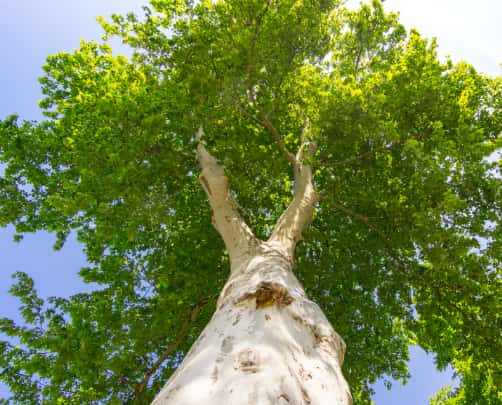Introduction: In our bustling urban environments, public spaces serve as vital hubs of community life, offering opportunities for recreation, relaxation, and social interaction. However, the accessibility of these spaces can be hindered by overgrown vegetation, including trees with sprawling branches and dense canopies. At Mundford Tree Surgeons, we understand the importance of trimming trees to enhance accessibility in public spaces. In this blog post, we’ll explore the benefits of tree trimming for improved accessibility and how it contributes to creating inclusive and welcoming environments for all.
1. Clearing Pathways
Overgrown trees can obstruct pathways, sidewalks, and trails, making it difficult for pedestrians, cyclists, and wheelchair users to navigate public spaces safely and comfortably. Trimming trees to remove low-hanging branches, overhanging limbs, and dense foliage creates clear pathways that allow for unimpeded movement and easy access for all visitors. By opening up pathways, tree trimming improves accessibility and promotes active transportation, recreation, and social interaction in public spaces.
2. Ensuring Safety
In addition to obstructing pathways, overgrown trees pose safety hazards such as falling branches, unstable limbs, and obstructed sightlines. Trimming trees to remove dead, diseased, or damaged branches reduces the risk of accidents and injuries caused by falling debris. Regular tree maintenance also helps identify and address potential hazards before they escalate, ensuring the safety and well-being of visitors to public spaces.
3. Creating Shade and Comfort
While trimming trees enhances accessibility by clearing pathways and reducing safety hazards, it’s essential to balance accessibility and the benefits of trees, such as shade and comfort. Strategic tree trimming can create well-defined shaded areas with ample clearance for seating, picnicking, and relaxation. By balancing open spaces and shaded areas, public spaces can provide comfortable and inviting environments for visitors to enjoy year-round.
4. Enhancing Aesthetics
Well-maintained trees contribute to the aesthetic appeal of public spaces, enhancing their visual appeal and creating a welcoming atmosphere for visitors. Trimming trees to shape their canopies, remove dead or diseased growth, and promote healthy growth patterns improve the overall appearance of public spaces and foster a sense of pride and ownership among community members. Aesthetic tree trimming enhances the beauty and character of public spaces, making them more inviting and enjoyable for all.
5. Promoting Inclusivity
Ensuring accessibility in public spaces is essential for promoting inclusivity and ensuring everyone can participate fully in community life regardless of age, ability, or mobility. Tree trimming plays a crucial role in creating barrier-free environments that accommodate the diverse needs of all visitors. By prioritising accessibility in tree management practices, public spaces become more inclusive and welcoming, fostering a sense of belonging and community for everyone.
Conclusion: Trimming trees for improved accessibility in public spaces is vital to responsible tree management and urban planning. By clearing pathways, ensuring safety, creating shade and comfort, enhancing aesthetics, and promoting inclusivity, tree trimming contributes to creating vibrant, inclusive, and accessible public spaces that enrich the lives of all community members.
Call us on: 01842 771 096
Click here to find out more about Mundford Tree Surgeons
Click here to complete our contact form and see how we can help with your tree’s needs.

